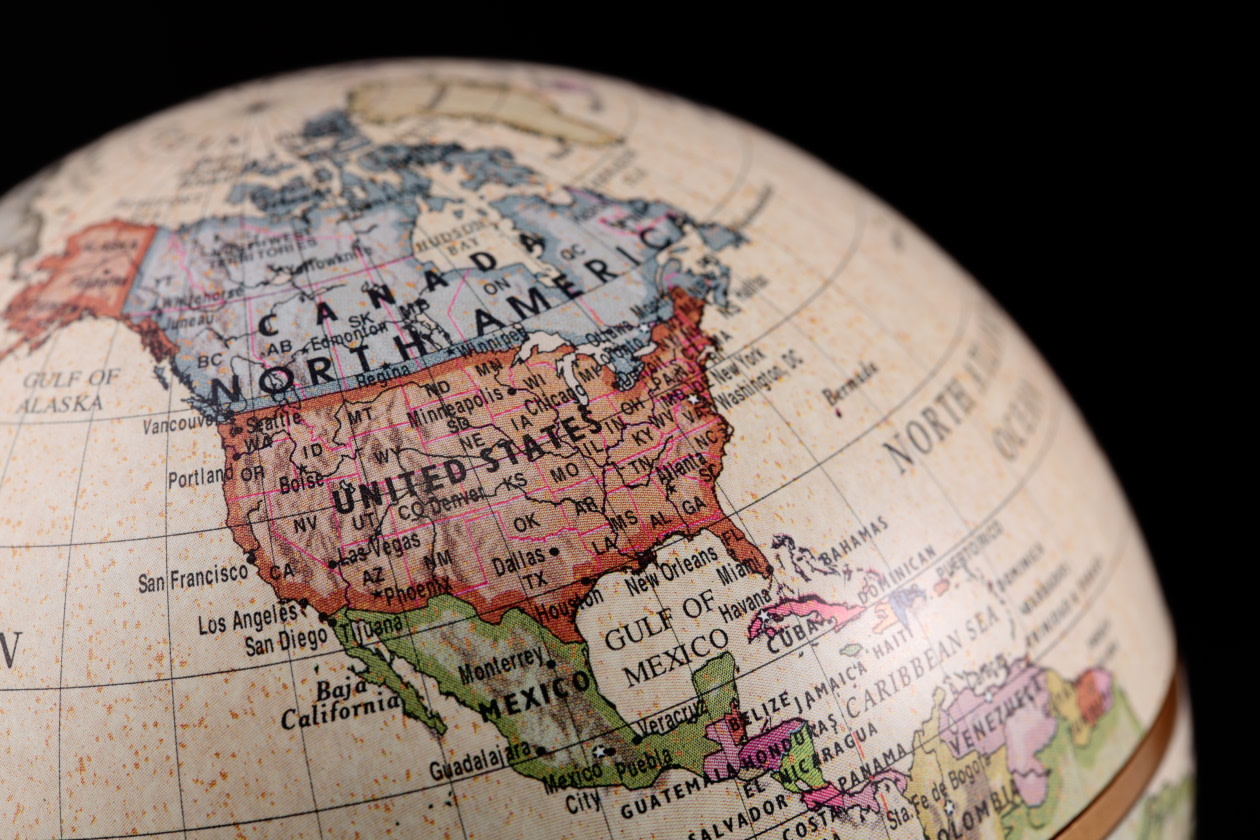Interest rate cuts from the European Central Bank and Bank of Canada this week mean monetary easing is under way in the world's big economies, even if there's an abundance of caution over when others will join in.
Following the most aggressive global rate-hiking cycle in decades, here's where leading central banks stand and what they are expected to do next:
1/ SWITZERLAND
The Swiss National Bank lowered rates by 25 basis points (bps) to 1.50% in a surprise move in March.
But its next move is a coin toss and markets put the chance of a cut at the June 20 meeting at about 50-50. While inflation is within the SNB's target range, SNB chairman Thomas Jordan has warned it may tick higher if the franc weakens and import prices rise.
2/ SWEDEN
Sweden's Riksbank lowered borrowing costs to 3.75% from 4% in May and is expected to hold them steady at its June 26 meeting before embarking on small cuts from August.
Swedish inflation has dropped from a peak of more than 10% in 2022 to just above the central bank's 2% target, but the economy has rebounded from a slowdown in 2023 caused by price rises and rate hikes.
3/ CANADA
The Bank of Canada became the first G7 nation to cut rates on Wednesday, trimming benchmark borrowing costs by 25 bps to 4.75% and promising more easing to come.
The BoC's first cut in four years was widely expected after inflation hit a three-year low of 2.7% in April. Traders expect two more 25bp cuts this year.
4/ EURO ZONE
The ECB cut rates for the first time in five years on Thursday, lowering its record-high deposit rate by 25 basis points to 3.75%.
But the ECB raised its inflation forecasts and stressed that any further rate reduction would depend on incoming data. It reaffirmed that borrowing costs needed to remain high enough to keep a lid on prices.
Markets price in a further 36 bps of rate cuts by year-end.
5/ BRITAIN
The Bank of England is widely expected to hold rates at the 16-year high of 5.25% at its June 20 meeting and traders will be straining for any clues about what comes next.
This is the only event before the July 4 election when BoE policymakers will speak publicly. Traders, uncertain about how the election might sway BoE thinking and unsettled by hot services inflation, have scrapped earlier bets for a first cut in June or August. September is now seen as the most likely start date for easing.
6/ UNITED STATES
The Fed has kept rates in the 5.25% to 5.5% range since July 2023 and appears unlikely to make changes at its June 12 meeting, while the world's largest economy stays strong and inflation remains above target.
A recent soft core inflation reading could tilt Fed policymakers towards a September cut, but they are expected to stay cautious after that. Traders, who back in January expected 150 bps of Fed cuts this year, now expect about 44 bps worth.
7/ NEW ZEALAND
Money markets predict the Reserve Bank of New Zealand will keep its cash rate on hold at 5.5% until November.
High rates have hobbled New Zealand's economy but the central bank at its May meeting prioritised battling inflation, running at 4%.
8/ AUSTRALIA
The Reserve Bank of Australia has held rates at a 12-year high of 4.35% since November, and is not expected to lower borrowing costs until well into 2025.
Australian consumer inflation for April unexpectedly picked up to a five-month high of 3.6%, year-on-year.
9/ NORWAY
Norway's central bank warned in May that rates might stay at 16-year highs of 4.5% for "longer than previously thought".
Since then, data has shown that Norway's economy grew in the first quarter of 2024 and that core inflation, at 4.4% year-on-year in April, fell less than expected.
Markets see Norges Bank holding rates steady at its June 20 meeting, with no cuts until November.
10/ JAPAN
The Bank of Japan is the outlier, raising rates out of negative territory in March in its first hike in 17 years.
Markets expect another 25 bps hike this year as policymakers focus on the yen, which hit its weakest level in 34 years in April, prompting government intervention.
Governor Kazuo Ueda said on Thursday the central bank should reduce its huge bond purchases. Investors are watching to see whether it begins that at its June 13-14 meeting.
(Reporting by Naomi Rovnick and Alun John; Graphics by Kripa Jayaram, Pasit Kongkunakornkul, Riddhima Talwani, Sumanta Sen and Vineet Sachdev; Editing by Dhara Ranasinghe and Kevin Liffey)
Copyright (2024) Thomson Reuters.
This article was written by Alun John and Naomi Rovnick from Reuters and was legally licensed through the DiveMarketplace by Industry Dive. Please direct all licensing questions to legal@industrydive.com.

